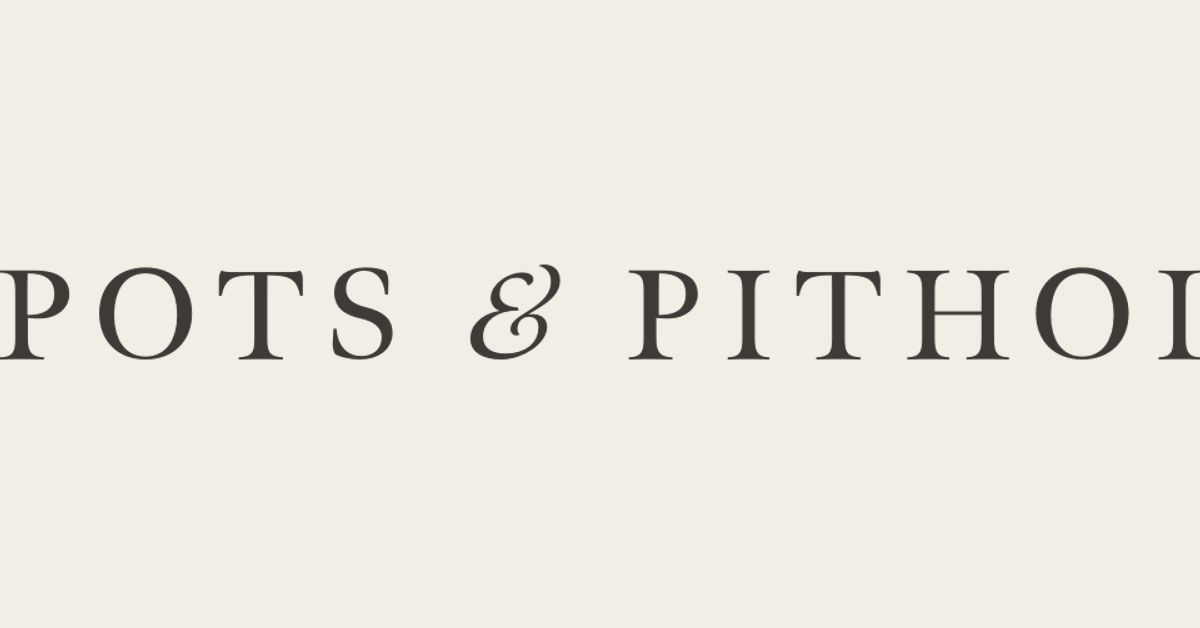Hi, does anyone know much about terracotta and the different types of pots available?
I walked into a garden centre today and I found a lot of italian terracotta and it was cheap like £9.99 for a 30cm pot
But it just felt a bit cheap and not really like the pots I already own
Which are far heavier. I did manage to find other pots which were like double the price but the quality far far superior.
The main questions around this issue is the fire rateness of these pots, are the heavier old school pots going to be more fire resilient?
I did wonder if anyone here has experience on this matter? I know it is a bit of a random one lol
I walked into a garden centre today and I found a lot of italian terracotta and it was cheap like £9.99 for a 30cm pot
But it just felt a bit cheap and not really like the pots I already own
Which are far heavier. I did manage to find other pots which were like double the price but the quality far far superior.
The main questions around this issue is the fire rateness of these pots, are the heavier old school pots going to be more fire resilient?
I did wonder if anyone here has experience on this matter? I know it is a bit of a random one lol


